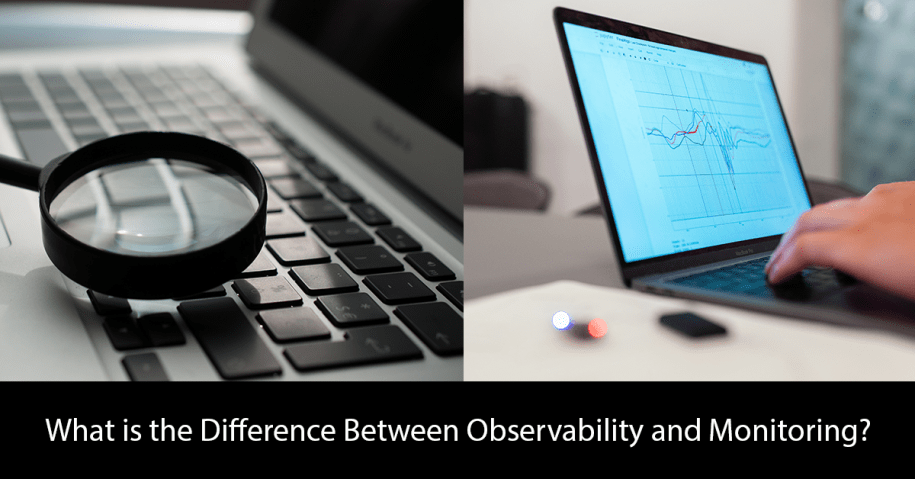Observability Vs. Monitoring: Why a Developer needs Both
Given the complexity of distributing the evolving cloud-based services and infrastructures across a diverse range of users, IT service providers consistently observe and monitor metrics, datasets, and logs. Establishing system reliability and the predictability of backend IT infrastructure operations all spawn from systems observability and monitoring.
Software solutions often deliver a wide range of IT infrastructures and services from distant geographical locations to companies – in the semblance of cloud-based services such as containers and microservices. These services are distributed across multiple layers of infrastructure and platform services.
Due to consumers’ high expectancy for software-driven and enterprise IT, service providers to effect rapid feature updates through new releases on the internet. For this, IT providers frequently lookout for the best approaches to streamline performance while improving efficiency and maintaining system stability.
What is the Difference Between Observability and Monitoring
Observability and monitoring are two terms that are often used interchangeably in the programming sphere. The critical difference between these two buzzwords lies in the ability to infer a system’s internal state against the actions involved in observing the quality of system performance over a stipulated timeframe.
While observability is performed based on a system’s external outputs, monitoring describes the health, performance, efficiency, and other essential features relative to the internal state.
Just as monitoring refers to all processes involved in translating infrastructure log metrics data into actual and discerning visual abstraction, observability engenders control of the internal states through external inputs.
Every Developer’s Greatest Asset
A developer or a development team’s ability to imbibe observability and monitoring as a traditional approach to development entails the deployment of more efficient codes, quicker product release, and streamlined deliverables. Practical monitoring approaches cannot be implemented without observability.
Given the concept of observability is inherent in present-day software development life cycle (SDLC) methodologies. With greater complexity comes an even greater need to observe and monitor the processes and tools employed during the development and deployment of these applications and services.
Monitoring IT infrastructures and services; from the blend of applications to manage, building, and deploying these services (containers, microservices, cloud-based ecosystem), through to the hassle involved in delivering these infrastructures (virtual, mobile, SaaS, cloud), are becoming more and more complicated.
What is the Difference Between Observability and Monitoring
While observability is a procedure utilized by DevOps teams to query a system at every phase of the development-deployment process, an efficient monitoring technique informs whether the system functions as defined. Observability entails the dissemination of information gathered from the system. On the other hand, monitoring is a failure-centric approach that provisions a collection of metrics and logs from the system.
I am considering that every Developer’s greatest asset is reliant on building scalable and maintainable code over time. Hence, combining new Application Performance Monitoring tools – like FusionReactor, with data derived from industry-leading observability techniques is a win-win situation.
Conclusively, an adept developer or DevOps team can provide insightful access into the code’s intent while performing thorough traces and providing end-to-end transaction flow representation, drill-down tables & visual display of the various IT functions in the system. By employing sufficient metadata context provisioned by the observability and monitoring processes.










